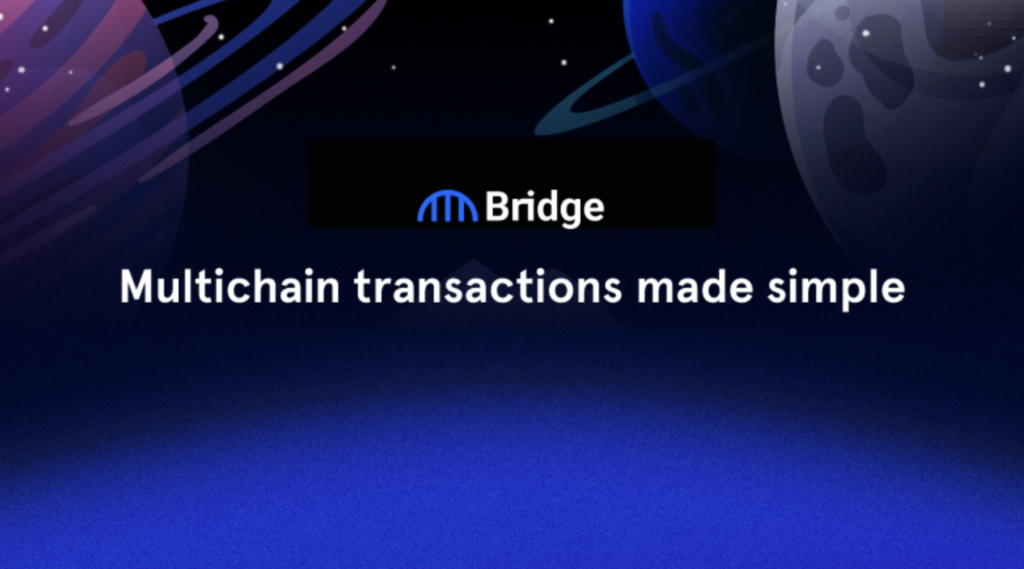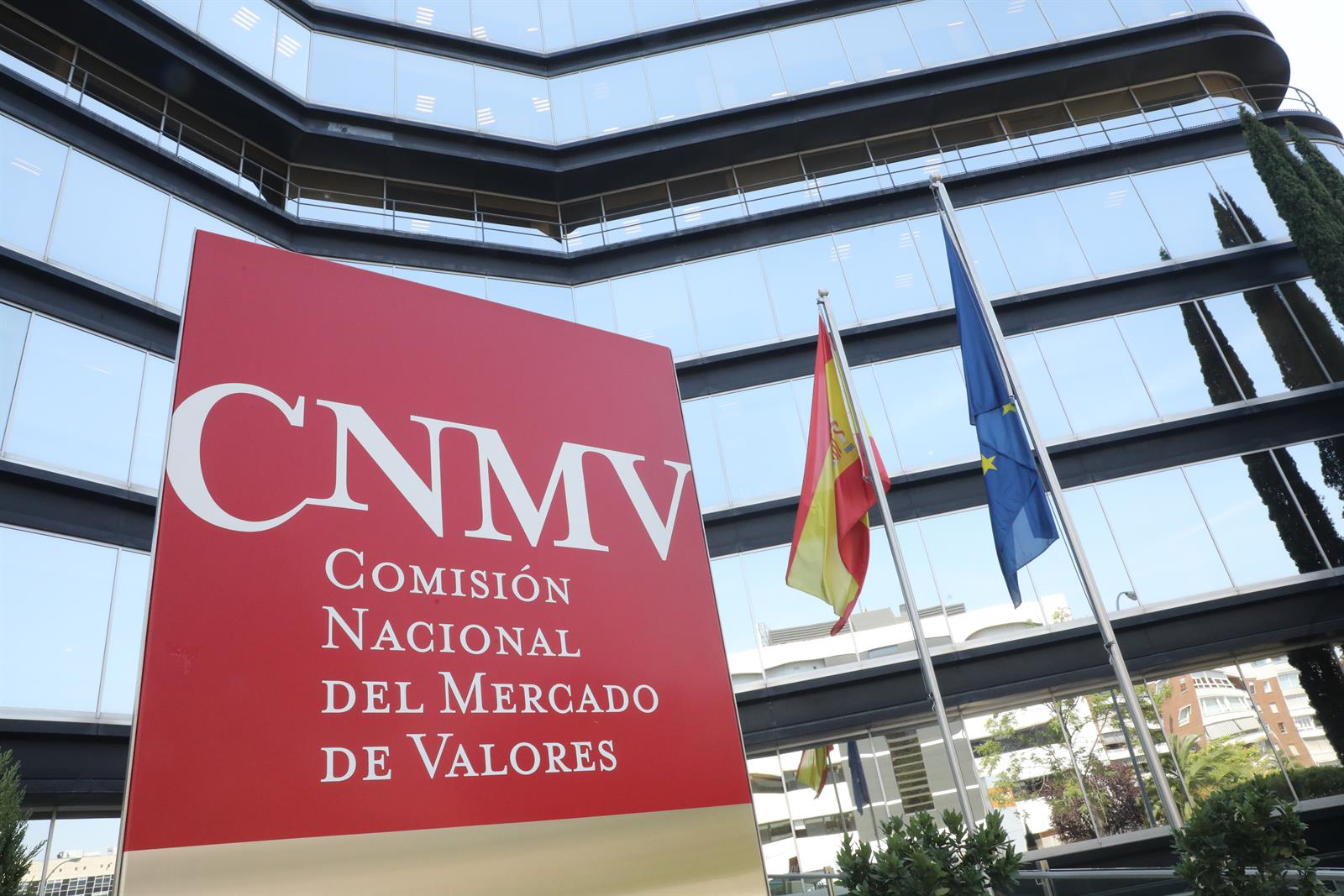Bridge Network is a decentralized cross-chain super dapp providing all the tools for users and creators to move cross-chain. It hosts a suite of sophisticated tools that enables frictionless movement between 20+ blockchains.

Bridge Network Toolkit
Bridge tool kit is made up of 6 main tools:
- The Rockefeller — Multichain Token Wrapper: The Rockefeller allows any token issuer to integrate their existing asset into the global token bridge. Token issuers earn fees when users move their asset cross-chain, providing an additional revenue stream for their protocol. The Rockefeller helps to solve the common ‘builders dilemma.’ The builder’s dilemma is a choice between building on the most decentralized protocol, the fastest or the one with the most users. With the Rockefeller, builders may continue to build on their preferred choice while having their token available in a completely different network without the need of managing their own bridge or awaiting approval from another bridge to list their asset.
- The Columbus — Multichain Transaction Explorer: This Columbus allows users to track transactions as an asset moves between blockchains. Think etherscan, but for cross-chain transactions. The Columbus tracks both fungible and non-fungible assets.
- The Carnegie — The Carnegie is a cross-chain trading interface that allows users to trade between any two assets, on any blockchain. The system aggregates liquidity on both ends and uses BRDG as an intermediary settlement token.
- The Vanderbilt — Global Token Bridge: The Vanderbilt is a simple token bridge that enables users to move a single token from one blockchain to the next. The bridge uses the lock, mint and burn mechanism. Any token that has been integrated into the protocol using the Rockefeller is automatically added to the Vanderbilt.
- The Picasso — NFT Bridge: The Picasso allows users to move non-fungible tokens (NFTs) from one blockchain to the next along with its metadata. NFT bridging follows the same mechanism as a wrapped token, whereby the NFT is transferred to a smart contract, the asset is locked in the smart contract on its native chain and a wrapped version is then minted on the foreign chain. The cross-chain movement of NFTs is made verifiable by the following tool, the Columbus; a transaction explorer where users can verify that the wrapped NFT is in fact backed 1:1 by the original NFT.
- The Tull — Cross Chain Farming: The Tull aggregates yields for multiple assets and allows users to farm cross-chain without the need of actively bridging and manually staking assets for each farm on their respective chains. The tool automatically bridges and stakes the asset as per the user’s approval, making cross-chain farming efficient and frictionless.
Features & Functionality of $BRDG Token from Bridge Network
- Security: BRDG is used as a security mechanism. Validators are required to stake BRDG as collateral to become an active participant in the network.
- Fee: Token issuers are required to pay the network a BRDG fee to register their asset on the token bridge via the Rockefeller.
- Settlement: The BRDG token is used as an intermediary settlement token when facilitating cross-chain swaps.
- Rewards: BRDG is used to further incentivize cross-chain liquidity.
- Voting: BRDG acts as a governance token to vote on significant updates and changes in the protocol.
- Burn: 50% of the tokens paid by the token issuer is paid to the validators. The remaining 50% is burned monthly or quarterly.
Bridge Security
- Bonded Validators: The network is uncontrolled and maintains security by ensuring validators run the same process upon receiving the various on-chain and off-chain events. Only when 70% of validators have signed the same transaction with their key collectively, the network achieves consensus. Using the bonded federation mechanism (similar to proof-of-stake), validators of Bridge Network must stake a specified amount of BRDG tokens in order to become an active participant of the network. Validators earn BRDG tokens as rewards for contributing to the security of the network along with protocol fees.
- Slashing: For defaulting validators, a portion or all the staked value is at a risk of liquidation or being slashed in the case malicious transactions or invalid transactions are signed by such validators. The amount slashed depends on the level of attack or attempt. The highest level of attack would mean 100% of the value staked would be liquidated. The validator loses their seat and are permanently removed.
- The LSS Standard: The Bridge Network protocol has integrated the LSS standard to be proactive in its security measures. The LSS standard is a hack mitigation tool and is used to oversee the BN smart contracts, detect fraudulent activity and freeze and or revert funds.
The asset is locked on its native chain and a wrapped version is minted on the destination chain. The smart contract that mints the wrapped asset is generally where exploits occur as hackers attempt to mint more tokens than they lock.

Tokens will be wrapped in the LSS standard, which will enable Lossless security parameters for the bridged tokens.

Join MEXC and Get up to $10,000 Bonus!



